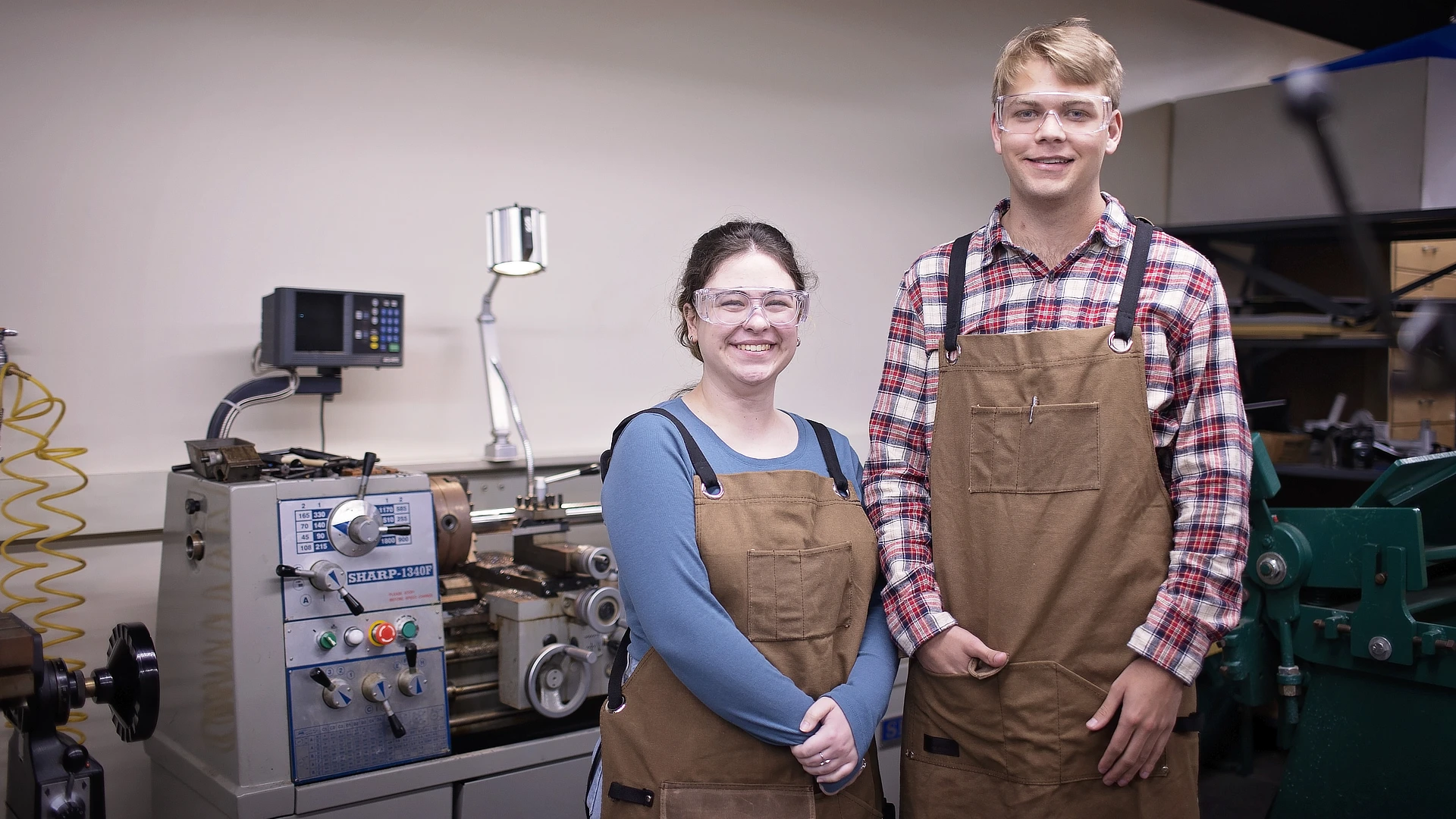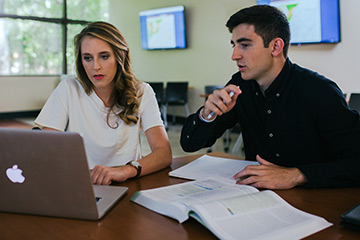Engineering Physics Major – Combine Physics and Engineering for Innovative Solutions | Samford University

Is This Program for Me?
Are you fascinated by the laws that govern the universe? Do you enjoy solving complex problems and applying science to real-world innovation? Are you driven to build a career at the intersection of physics, engineering, and technology? Do you thrive in environments that challenge you to think creatively, work precisely, and push the boundaries of what’s scientifically possible?
- Passionate about science, mathematics, and hands-on experimentation
- Preparing for graduate school, engineering careers, or applied research
- Eager to combine liberal arts values with rigorous STEM training
- Interested in understanding the physical principles behind technology and design
What Will I Learn?
The Engineering Physics curriculum provides a solid foundation in classical and modern physics while integrating skills in mathematics, computer science, and laboratory research. Students are encouraged to explore, question, and create across multiple scientific disciplines.
Students Will Learn
- Understand and apply core physical principles across mechanics, thermodynamics, quantum theory, and more
- Conduct experiments, analyze data, and present findings with scientific rigor
- Solve real-world engineering problems using critical thinking and quantitative reasoning
- Collaborate on research projects and internships with universities and national labs
Key Courses
- General Physics
- Mechanics
- Quantum Mechanics
- Modern Physics
- Electricity and Magnetism
- Optics
- Electronics
- Nuclear Physics


“We design this program not just to teach formulas or theories—but to challenge students to explore, discover, and contribute meaningfully to the future of science and engineering.”
— Don Olive, Chair, Department of Physics
What Makes Us Different?
Dual-Degree Options
Earn a B.S. from Samford and an engineering degree from a partner institution.
Hands-On Research
Engage in faculty-led research projects or secure summer research placements at top-tier universities.
Personalized Learning
Small class sizes ensure you receive one-on-one attention from experienced faculty.
Modern Facilities
Learn in a technologically advanced lab setting and explore astronomy in the 40-foot Christenberry Planetarium dome.Career Preparation
Whether continuing to graduate school, entering an engineering program, or launching a career in industry, Samford Engineering Physics graduates are well-prepared to meet the demands of a rapidly evolving STEM landscape.
Professional Memberships
Students participate in the Society of Physics Students, part of the American Institute of Physics, giving access to research, teaching assistantships, and job networks.
Graduate Fellowships
- Vanderbilt University
- Georgia Tech
- University of Colorado at Boulder
- Washington University in St. Louis
Internships & Research
- University of Alabama at Birmingham
- NASA Goddard Space Flight Center
Application Information
Freshman applications for next fall are open.Freshman Early Action applications close November 1st.The freshman first scholarship deadline is December 1st.Transfer applications for the spring semester close Dec. 15.Freshman FAFSA priority and scholarship deadlines are Feb. 15.Decision day is coming! Freshman applications for fall enrollment close May 1st.Transfer applications for fall enrollment close July 1st.Freshman applications for fall enrollment are closed. Applications for next year open August 1st.Transfer applications for fall enrollment are closed. Applications for next year open September 1st.
Cookie Preferences | Privacy Policy | Software Plugins
Microsoft Excel®
Microsoft Power Point®
Microsoft Word®
Adobe Portable Document Format







